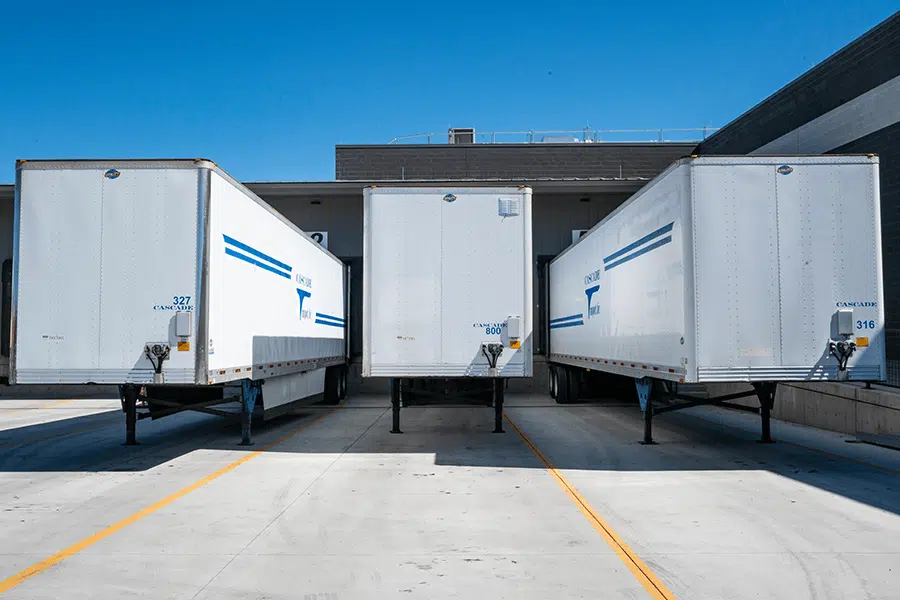Related Resources
The Evolution of Traditional Retailers
In the face of burgeoning e-commerce trends, traditional retailers are undergoing significant transformations to meet the demands of online shopping and digital customer experiences. This evolution is driven by a need to remain competitive and relevant in a rapidly changing market. Brick-and-mortar stores are increasingly adopting omnichannel strategies, integrating online and offline channels to provide a seamless shopping experience. This includes offering options like click-and-collect, which allows customers to purchase items online and pick them up in-store, bridging the gap between physical and digital retail.
Enhancing Customer Experience through Technology
To compete with e-commerce giants, traditional retailers are leveraging advanced technologies to enhance the customer experience. This entails investing in user-friendly websites and mobile apps, personalizing marketing efforts through data analytics, and employing artificial intelligence to recommend products based on customers’ browsing and purchase history. Additionally, augmented reality (AR) and virtual reality (VR) are being used to create immersive shopping experiences, allowing customers to visualize products in their homes before making a purchase.
The Role of Social Media and Influencer Marketing
By utilizing social media channels for advertising, customer service, and direct sales, retailers can build stronger relationships with their customers.
Social media platforms have become powerful tools for traditional retailers aiming to reach a wider audience and engage with customers. By utilizing social media channels for advertising, customer service, and direct sales, retailers can build stronger relationships with their customers. Influencer marketing has also emerged as a critical strategy, with retailers partnering with popular social media personalities to promote their products. This approach not only enhances brand visibility but also builds trust and credibility among target audiences.
Adapting Supply Chains for E-Commerce
The rise of e-commerce has necessitated significant changes in supply chain management. Traditional retailers are investing in more efficient and flexible supply chain solutions to meet the demands of online shopping. This includes enhancing inventory management systems, optimizing logistics for faster delivery times, and incorporating last-mile delivery solutions. Warehouses are being modernized with automation technologies to improve efficiency and accuracy, ensuring that products are delivered to customers quickly and reliably.
Addressing Security and Privacy Concerns
As traditional retailers expand their online presence, addressing security and privacy concerns has become paramount. Ensuring the protection of customer data and building robust cybersecurity measures are critical for maintaining customer trust. Retailers are implementing secure payment gateways, employing encryption, and adhering to data protection regulations such as the General Data Protection Regulation (GDPR). Furthermore, transparency about data usage and privacy policies helps in building and maintaining customer confidence.
Conclusion
The rise of e-commerce is reshaping the retail landscape, compelling traditional retailers to adapt to a digital environment. By embracing technological advancements, enhancing customer experiences, integrating supply chain solutions, and addressing security concerns, traditional retailers can thrive in this new era. The successful blending of physical and digital strategies will enable retailers to meet customer expectations, foster loyalty, and achieve sustained growth in a competitive marketplace.






